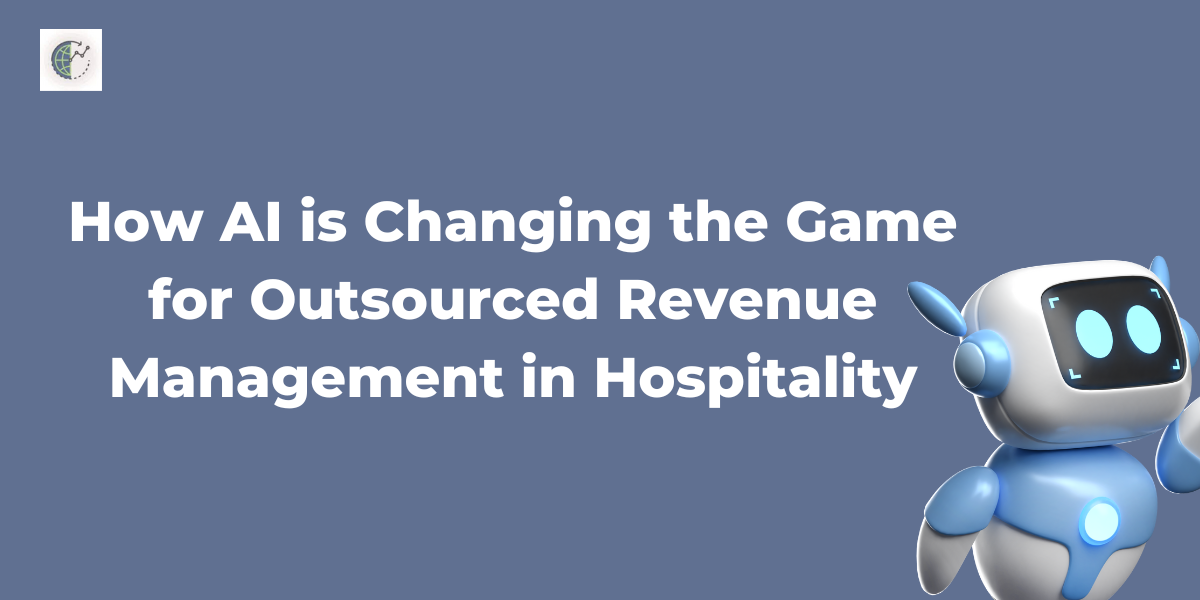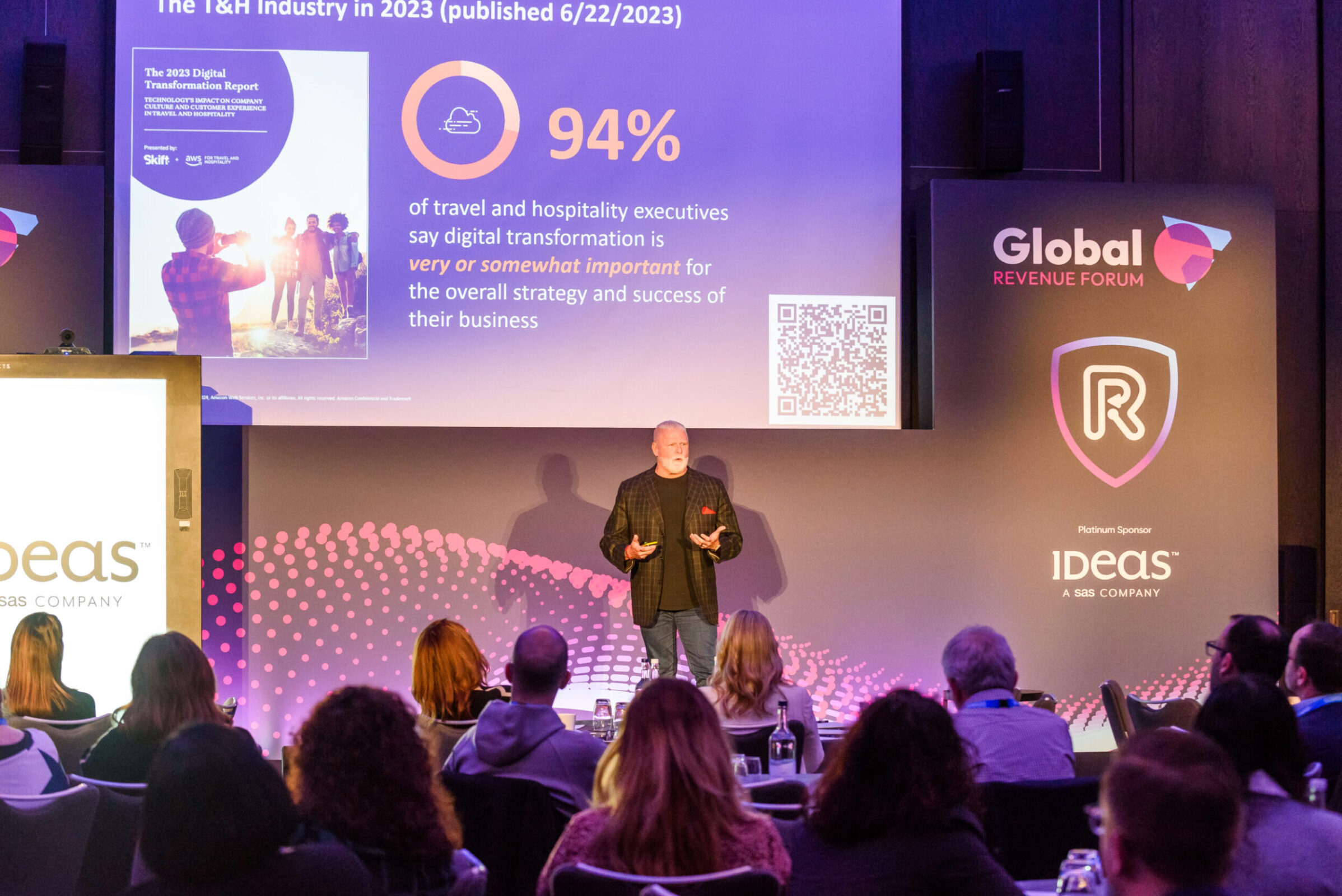Three Revenue strategies: A strategy for now, a strategy for re-opening with social distancing, and a strategy for building out a new normal
We put some thoughts together for looking at what you need to be doing now, what scenarios you need to plan for in the short term, and then extrapolating how these scenarios may then impact the mid and longer term, on the understanding that there will never be a specific end date on this, you’ll need to factor in your own government’s restrictions, and many new factors we need to come to terms with. This article appeared in Hospitality.met on Aoril 8th 2020. https://www.hospitalitynet.org/opinion/4098022.html
1 A strategy for now
Managing cancellations remains the focus for the immediate short term, the volume of which will depend upon where you are located and the current stage of the spread of Covid-19 and is likely to remain the case until there is more certainty over how to manage the process from lockdown through to the new “normal”.
Keep track of OTA initiatives, particularly those relating to cancellation policies. These have been a moveable feast over the past few weeks with Booking.com’s triggering of Force Majeure (questioned by many) requiring partners to refund any prepayment and waive any cancellation costs (fees, expenses and/or other amounts) in situations where guests request a cancellation as a result of inability to travel due to Covid-19. That was reversed this week on April 3rd, with Booking.com putting the risk of making new reservations back on the consumer particularly in relation to booking Non-Refundable and Partially Refundable bookings. All new reservations made as of April 6, 2020 will be treated like any standard booking, according to their policies and procedures. However, the force majeure conditions remain in place for all bookings made before April 6th for any future stay date where government restrictions (existing and new) restrict travel.
The Expedia Global Cancelation Waiver Program is also in force which allows guests to cancel and claim a refund for non-refundable prepaid bookings made prior to March 19th for stays between March 20th and April 30th 2020. The site this week also automatically changed all flexible cancellation policies to allow guests a 24 hour cancel window rather than longer – something to be aware of if you run with cancel policies longer than 24hours. This site also continues to not display rates that are fully pre-paid, meaning that to remain visible on Expedia all rates need have these restrictions removed.
2 A strategy for re-opening with social distancing
On removal of lockdown restrictions life will not immediately return to what we would consider as normal. When planning strategies for re-opening, budgets need to be re-written with realistic targets. What does that mean? You may find that there are restrictions on the number of people allowed in any one place at any point in time. This may also restrict the number of rooms put back into inventory. If your hotel has a heavy reliance on F&B, social distancing measure will likely mean fewer covers. Re-work the figures and use multiple scenarios.
Take your planning segment by segment. Analyse the volatility of each segment. Take a long hard look at the segments that you used to attract and ask how likely is each segment to travel, what is stopping them travelling now, and how and when will this change in the future? Leisure travel from the national traveller is most likely to return first with a possible pent up desire to travel following weeks in the same place. But don’t take this for granted, this needs to be managed carefully. People will want to know they are going somewhere safe, hygienic and be looked after by teams that understand how to manage the stay environment, and follow government guidelines. Ensure commitment to guest safety and hygiene and communicate this through rate descriptions, reflect this in terms and conditions, and across the web site.
In the short to mid-term, international leisure travel will be impacted based on willingness to travel, and geographical travel restrictions placed on the travellers. Review the geographical source of your international guests and work out who is likely to return, when this will happen and who will not return. Work out how much business this represents and put in place strategies to replace that business. Corporate travel is unlikely to return to previous levels for the foreseeable future for many reasons; firstly, concern for the safety of the corporate traveller, the ethics and risks around asking people to travel for work, particularly for international travel, and secondly, the adjustments made to working practices by those working from home will continue. Simply put, there will be less discretionary corporate travel. Workers, trade and manufacturing travel patterns will return, but other corporate sectors may not. Group travel, particularly international groups will be impacted for some time to come, with some ongoing restrictions on group travel likely to be in place and potentially differing per region. Any form of business that encourages groups of people (Weddings, parties) needs to be reviewed critically to establish the likelihood of this business materialising.
3 Strategies for looking further ahead.
This becomes trickier to anticipate. Which reports will be helpful? What data do you need? More than ever you need to communicate to your executive team what is going on. Work out which new segments you will be dealing with. What impact will management of re-infection have and how will this materialise? Depending upon travel guidelines, “Quarantine” may be considered as a new segment especially if the hotel is near an airport, and restrictions require incoming travellers to isolate. Consider how your hotel may be positioned to support patients coming out of care, where the road to recovery for some will be a long one. Consider offering Key Worker packages to support those that are working through this, to get rest and recuperation at affordable levels. Combine digital marketing and geo strategies to capture the new national leisure market that won’t be confident about travelling internationally and want to find something local. Track the sentiments of travellers and build products to support that. Remember that many of your suppliers have also been badly impacted by the loss of business, and don’t assume that they will still be around in the same form as they were pre Covid-19, so try and work with them to support their entry back on to the market.
Forecasting will provide new perspectives; tracking pick-up by segment and analysing differences from last year will be helpful (although clearly skewed) but will give an insight into any changes in travel patterns and you can learn from this. Pace of reservations arrival by segment will likely be very different, but you still need to understand how this differs, and this, plus changes in booking windows per segment will need to be adjusted for. Don’t expect business to return to 2019 levels within the next 12 months, and don’t anticipate adding anything to ADR this year.
Finally, a (not so) off the wall idea. People who have suffered from Covid-19 have a long recovery both mentally and physically. Consider re-structuring your health offering, to show you are aware of how we move on from this, covering gentle exercise, expertly crafted wellbeing programs, re-configuring gym equipment to support recoverees, adjusting menus, or allocating ground floor rooms to people who may have longer term breathing difficulties. This is not a one-off situation and we need to prepare for different waves of this virus. Showing care and compassion is a cornerstone of our industry and this is one way we can reflect that.





